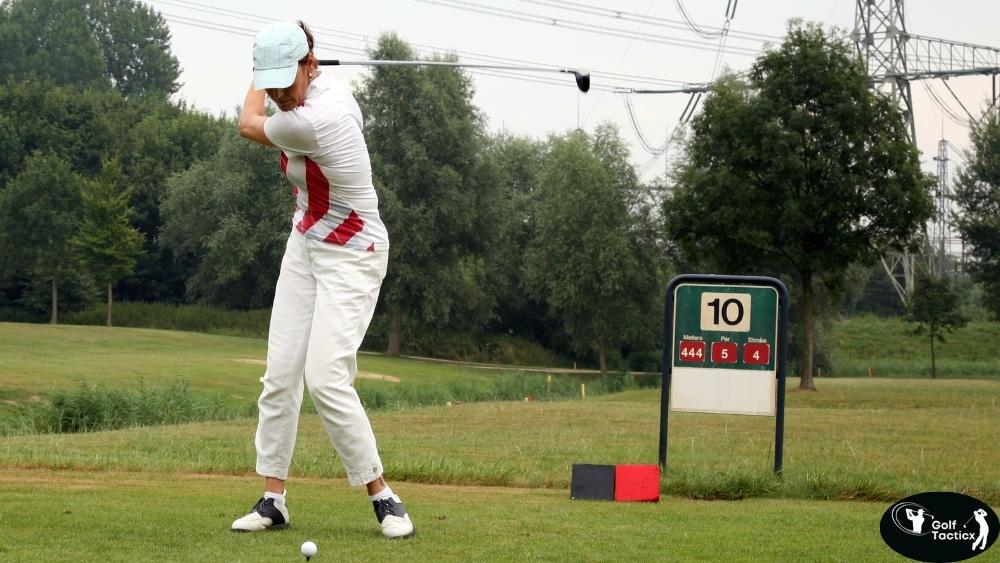In our last post, we talked about how to adjust your putting stroke when playing on fast or slow greens to help you make more putts.
Success on the golf course isn’t just about raw talent it’s about smart planning. To truly elevate your game, you need to how to Develop a Course Strategy That Maximizes Personal Strengths. This means understanding your unique abilities, choosing the right clubs, and positioning your shots based on what you do best.
Whether it’s long drives, precise iron shots, or a reliable short game, focusing on your strengths can help you lower your scores. Even something as simple as wearing the best golf shoes can give you better grip and stability to play with confidence.
When you how to Develop a Course Strategy That Maximizes Personal Strengths, you gain a mental edge that sets you apart from other players and helps you play smarter, not harder.
Self-Assessment
Identify Your Strengths: Reflect on your past performances to determine areas where you consistently excel. This could include specific skills, knowledge areas, or personal attributes.
Acknowledge and Embrace Your Strengths: Recognize the value of your strengths and consider how they can be leveraged in various scenarios.
Strategic Planning
Set Clear Goals: Define what you aim to achieve with your course strategy. Clear objectives will guide your planning and execution.
Align Tasks with Strengths: Design your course activities to capitalize on your strengths. For instance, if you excel in research, incorporate comprehensive research projects into your course.
Manage Weaknesses: While focusing on strengths, be aware of areas where you’re less proficient. Develop strategies to mitigate these weaknesses, such as collaborating with others who have complementary skills.
Continuous Refinement
Seek Feedback: Regularly solicit input from peers, mentors, or participants to gain insights into areas of improvement.
Reflect and Adjust: After each course or module, take time to reflect on what worked well and what didn’t. Use this reflection to make necessary adjustments to your strategy.
Stay Flexible: Be prepared to adapt your strategy in response to new challenges or changing circumstances. Flexibility ensures that your approach remains effective over time.
By systematically assessing your strengths, aligning your course design to leverage them, and continuously refining your approach, you can develop a course strategy that not only plays to your strengths but also enhances the learning experience for your participants.
Conclusion
In conclusion, taking the time to How to Develop a Course Strategy That Maximizes Personal Strengths can make a significant difference in your performance. By playing to what you do best and making smart choices on the course, you’ll not only improve your scores but also enjoy the game more.
From your shot selection to your gear like wearing the right golf shoes every detail matters. Remember, when need to Develop a Course Strategy That Maximizes Personal Strengths, you’re setting yourself up for consistent success and greater confidence with every round.
In the next post, we’ll dive into the topic Lay Up or Go for the Green: Key Golf Decision Factors to help you make smarter, more strategic choices on the course for lower scores.
















Leave a Reply